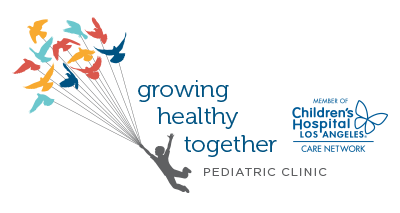 Food sensitivities are becoming more common in this world of allergies, tummy-aches, and rashes. Food sensitivities are not considered allergies but can present a challenge to parents and kids everywhere. Living with sensitivity to food can alter your health and well-being, and this issue should be treated with care.
Food sensitivities are becoming more common in this world of allergies, tummy-aches, and rashes. Food sensitivities are not considered allergies but can present a challenge to parents and kids everywhere. Living with sensitivity to food can alter your health and well-being, and this issue should be treated with care.
Researchers Say About Food Sensitivities
In a study[fusion_builder_container hundred_percent=”yes” overflow=”visible”][fusion_builder_row][fusion_builder_column type=”1_1″ background_position=”left top” background_color=”” border_size=”” border_color=”” border_style=”solid” spacing=”yes” background_image=”” background_repeat=”no-repeat” padding=”” margin_top=”0px” margin_bottom=”0px” class=”” id=”” animation_type=”” animation_speed=”0.3″ animation_direction=”left” hide_on_mobile=”no” center_content=”no” min_height=”none”][01] published in the Journal of Investigative Dermatology, researchers explored risk factors in exclusively breast-fed infants. They tested infants with foods that commonly cause sensitivities (cow milk, egg, wheat, peanuts) to explore eczema as the main risk factor. In result, the researchers suggested that it is the breakdown of the skin barrier associated with eczema that causes food sensitivities. The researchers do not relate food sensitivities to other gut-related symptoms.
Contrary to this study, we at GHT suggest treating the food sensitivity from a gut point-of-view. While it is important to note any skin reactions, we do not suggest relying on treating eczema in response to flare-ups. Most importantly, we think you should focus on your child’s food allergy in order to treat any and all symptoms.
Finding the Right Food for Kids with Food Sensitivities
For children with food sensitivities, it is important for parents to identify trigger foods and minimize food allergies. Learn the foods that give your kids problems so that you might avoid them in the future. We recommend trying an elimination method to find the foods that are causing issues.
For parents first introducing their infants to eating regular food, be sure to choose foods easy for your baby to digest. Babies need breastmilk or formula for the first six months.
Good Beginner Foods
- Grains (infant cereal, rice)
- Pureed vegetables
- Pureed fruits
- Some pureed meats, beans, tofu
Some foods (like cow milk) shouldn’t be introduced until your baby is older. Colorado State University has a great comprehensive list of how to introduce your baby to food.
Feeding Age
In a NY Times article published in 2013, author Douglas Quenqua wrote that parents were feeding their babies solid food too young. Some mothers were feeding their children food at 4 months or younger. Reportedly, the women believed that it was okay to feed their infants food because the formula was too expensive. Some of the women thought that regular food would help their baby sleep better at night.
However, babies need to develop the right bacteria in their gut in order to appropriately process food. Feeding them foods too early can cause irreversible damage to their digestion. Here at GHT, we recommend waiting until your child is 6 months old to start feeding them regular food. It is also important to note that feeding them food too young will not help your child to sleep better.
Additionally, as you reach the 4- and 5-month mark, parents using formula will notice the dollar signs adding up. If you are having a hard time affording healthy choices, investigate local groups and government aid to get the nutrition your kid needs.
Finally, GHT encourages mothers to breastfeed their children as long as possible to give your child the nutrient boost they need to grow. For questions or comments, respond to this blog or contact us.
[01] Atopic Dermatitis and Disease Severity are the Main Risk Factors for Food Sensitization in Exclusively Breast fed Infants. J Invest Dermatol. 2014 Feb;134(2):345-50. doi: 10.1038/jid.2013.298. Epub 2013 Jul 18.
[/fusion_builder_column][/fusion_builder_row][/fusion_builder_container]




